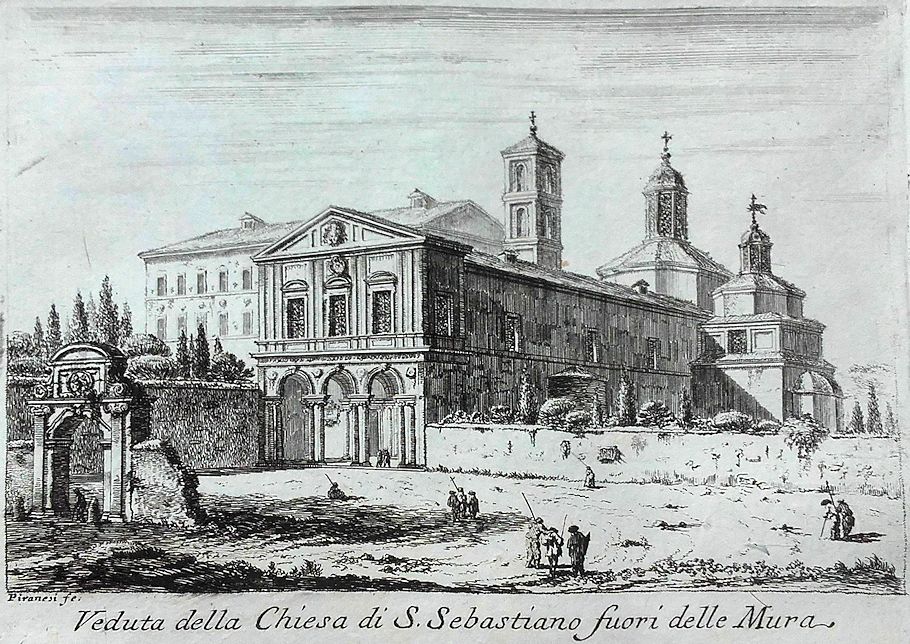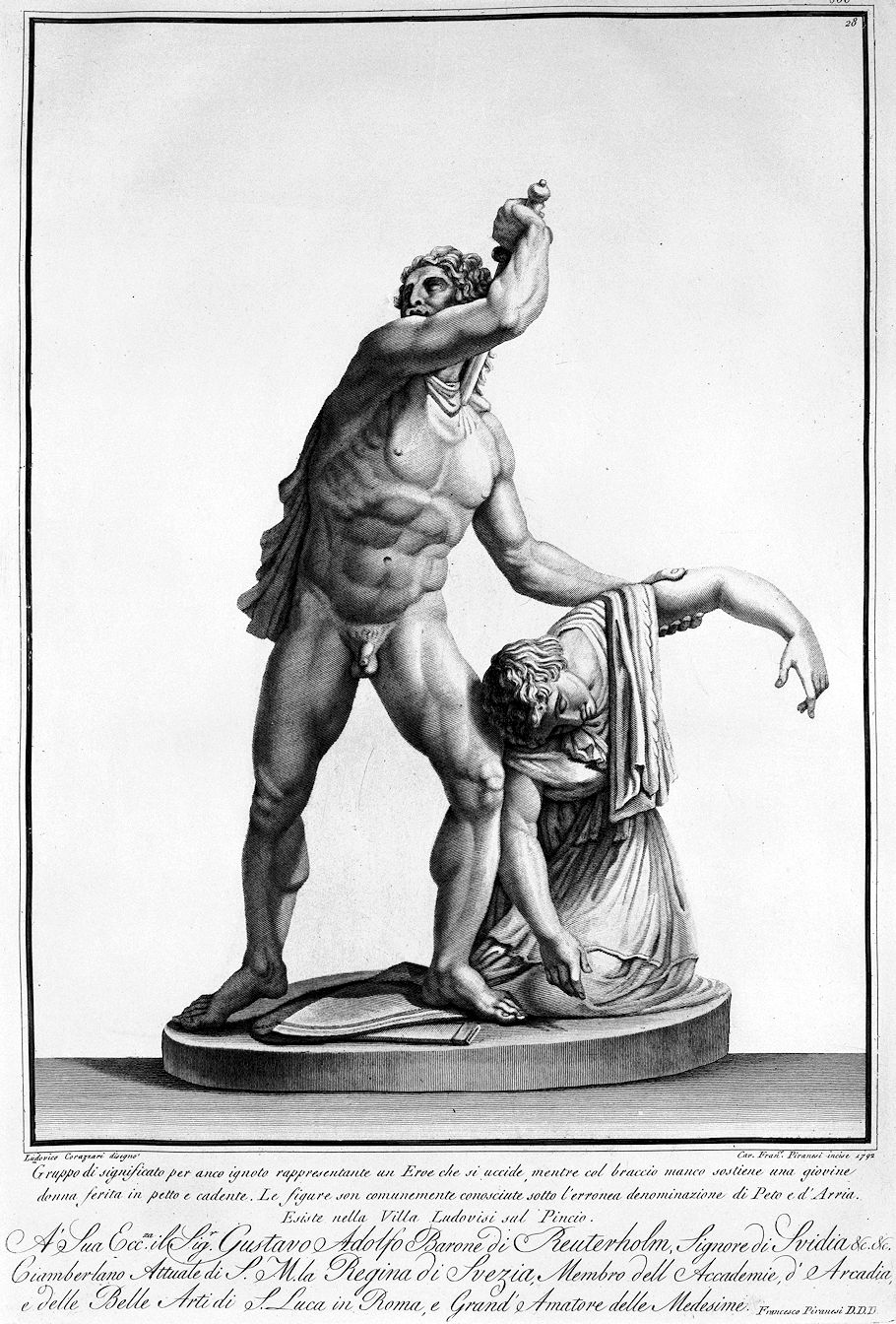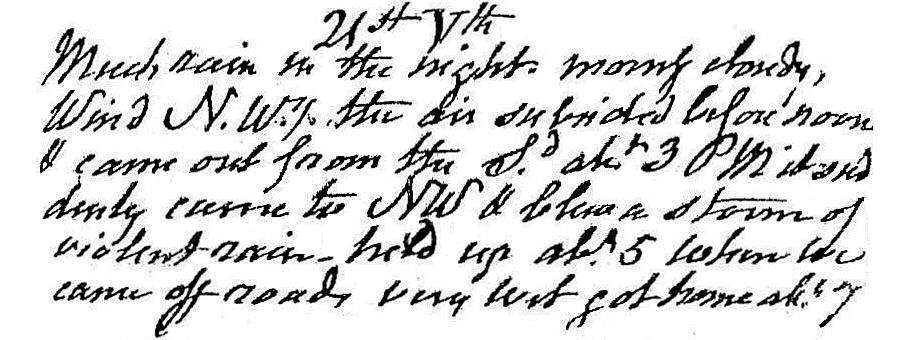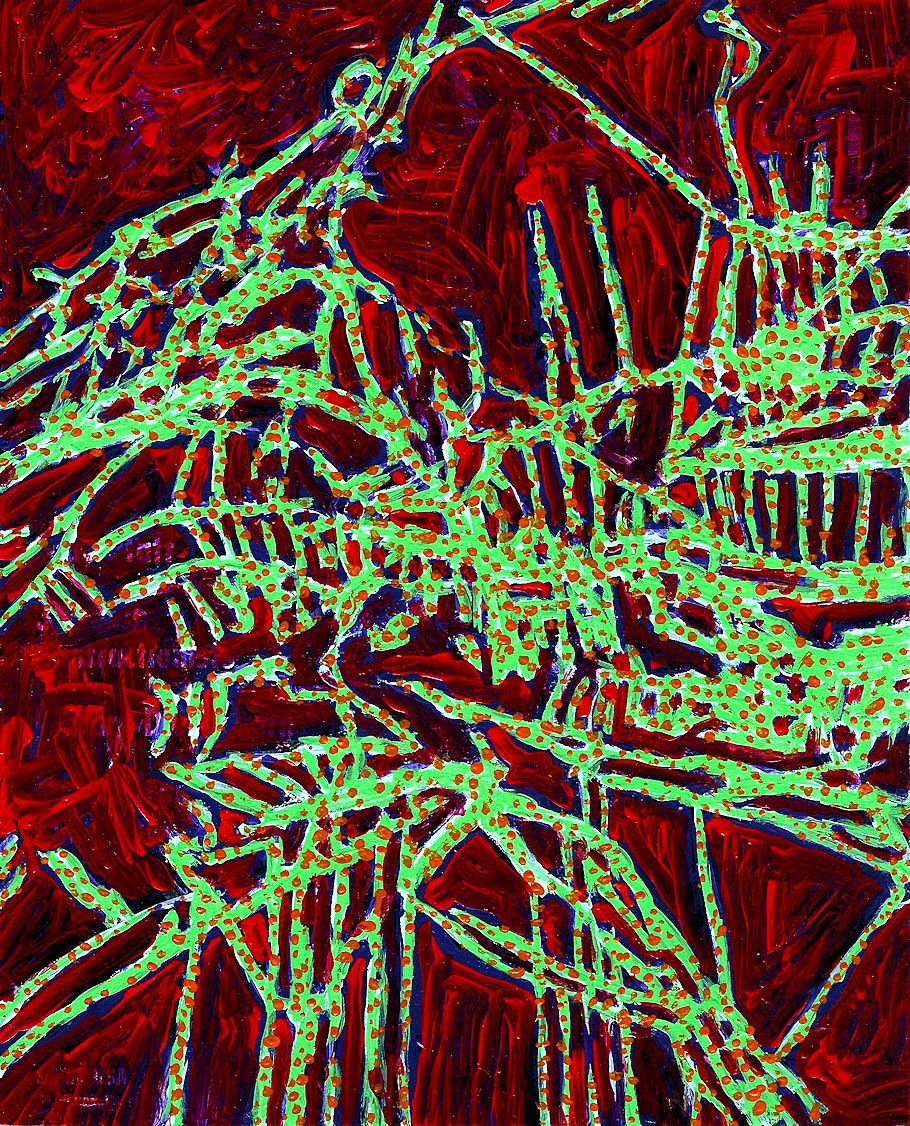21 May 1762
James Adam reported the dispatch of 'a cursed number' of the Campus Martius plates, some £120 worth, which Robert Adam anticipated having some difficulty selling.
21 May 1778 Thursday

Just before leaving to do survey at the Circus of Caracalla, Piranesi remembered how the Church of St. Sebastian outside the walls was the subject of his first Roman Vedute.
33-34 y.o. Francesco Piranesi 1792
Collezione delle piu belle statue di Roma

Group of meaning still unknown representing a Hero who kills himself, while with his left arm he supports a young woman who is wounded in the chest and falling down. The figures are commonly known under the erroneous names of Peto and d'Arria.
It exists in the Ludovisi villa on the Pincio.
To His Excellency Mr. Gustavus Adolphus Baron of Reuterholm, Lord of Svidia &c.&c. Current Giamberlano of S. M. the Queen of Sweden, Member of the Academies, of Arcadia, and of the Fine Arts of S. Luca in Rome, and Great Amateur of the same.
Francesco Piranesi D. D. D.
Ludovico Corazzari drawn Cav. Francesco Piranesi engraved 1792.
21 May 1812 Thursday

Much rain in the night. Morning cloudy, wind NWerly. The air subsided before noon, and came out from the S. About 3 PM it suddenly came to NW and blew a storm of violent rain. Held[?] off about 5 when we came off roads, very wet, got home about 7.
21 May 1999
May 21st - the Agonalia
Agonalia - a festival in honor of Janus celebrated in Rome on the 9th of January and the 21st of May.
Janus is my favorite Roman god.
Janus - an old Italian deity. He was represented with a face on the front and another on the back of his head. The month of January was sacred to him, as were all other beginnings. The myth makes him a king of Latium or Etruria, where he hospitably received Saturn when expelled by Jupiter from Crete. He had a small temple in the Forum, with two doors opposite to each other, which in time of war stood open and in time of peace were shut; the temple was trice closed on this account. With reference to his temple, the
deity was called Janus Geminus or Janus Quirinus.
In its over 800 year history, Rome was at peace only three times?
I like Janus because he can see in front of him and he can see behind him--into the future and into the past? Also, I like to wonder whether Janus was "two faced" or was he schizophrenic?
Within his large plan of the Campo Marzio, Piranesi applies the label "Circus Agonalis sive Alexandri" to the original Circus of Domitian which is today Rome's Piazza Navona. Albeit obscure information, Piranesi was indeed correct in his designation because the emperor Alexander Severus rebuilt the Circus of Domitian and renamed it in honor of Janus. It is fun to imagine all the big goings-on over 1700 years ago today within what is now the Piazza Navona.
Another monument in honor of Janus that still stands in Rome today is the Arch of Janus Quadrifrons, which is in the Forum Boarium. It is one of those unique four-way arches, and, according to Banister Fletcher, is "of poor design." What is most interesting about this arch, however, is that it was constructed under Constantine the Great AFTER he converted to Christianity. I believe this signifies two important facts. First, the aristocratic and pagan population of Rome still had tremendous influence and power. Second, whoever designed this arch was extremely clever in that Janus, precisely because of his "two faced" nature, was the perfect god to reflect Constantine's own political position--exactly because of his conversion from paganism to Christianity, Constantine himself is Rome's ultimate Janus-like emperor. And, in an almost too good to be true sense, the Arch of Janus may well have predicted (looked towards) European architecture's next 1200 years: Banister Fletcher notes "it has a simple cross-vault with embedded brick box-ribs at the groins, affording a further instance of the progressive character of Roman construction techniques: such ribs are possibly the prototypes of Gothic rib vaults." [Fletcher is being a little two faced himself here--first the Arch of Janus is not good design, and then the arch is progressive construction!] Could it really be that the first ribbed cross-vaults ever were built in late antiquity? Do these vaults, built by ancient Rome's first Christian emperor, unwittingly and uncannily prophesies a whole new future era of Western architecture?
Constantine converted to Christianity the night before the Battle at the Milvian Bridge (October 28, 312) which lead into the City of Rome. He saw a vision of the (Christ) Cross in the sky, and hence ordered his troops to paint the (Christ) Cross on their shields. Constantine was victorious over the usurpative emperor Maxentius, and on October 29 entered Rome in triumph.
Agonalia postscript
As odd as it sounds, only after sending the initial Agonalia post did two things occur to me:
1. The space created by the plan of the four-way Arch of Janus essentially forms a cross.
2. Only Helena is honored as a saint in the Roman Catholic Church, and her feast is celebrated the 18th of August. The Greek Orthodox Church, on the other hand (or is it other face?), honors both Helena and Constantine as saints, and they share a combined feast day, which happens to be today, May 21st.
Re: the Agonalia
Tom raises one of the (religious) ambiguities that may always surrounded Constantine. I have read some reference to the popular worship of Mithra (spelling? - an eastern sun cult I believe) during Constantine's time. For example, while Constantine was one of the junior emperors ruling from Trier over Gaul, Britain and Spain, the overall political crises engendered by the usurpative Maxentius in Rome brought together the retired emperors of Diocletian, Maximian (Maxentius' father) and Galarius (eastern Augustus) for a meeting near Vienna. There is some existent inscription relating to that meeting suggesting that offerings to Mithra were made. I don't think that Constantine was at that meeting, however.
My feeling is that both Constantine and Helena were very interested in Christianity, and perhaps believers, before Constantine's vision in 312. If they were, however, they had to keep it very much to themselves. The retired emperor Maximian, who resided within Constantine's court in Trier (c. 308-311) was an ardent persecutor of the Christians while he co-reigned with Diocletian. One has to look carefully at Constantine's early political position as emperor to see that it was precarious, and professing even a tolerance of Christianity before his position became stable might well have been political, if not literal suicide.
Personally, the more I research this particular history, the more fascinating it becomes. For example, check out the uncanny family relations between Constantine and Maximian, and you will realize that none of the Constantine-Helena story is easy.
ps
Constantine "practiced" Christianity as of 312, but was not baptized until a few days before his death in 337. Constantine's remaining an unbaptized Christian for most of his life is precisely the issue that raises all the ambiguity surrounding his "faith".
21 May 2002
the other Agonalia -- 9 January
From Butler's Lives of the Saints:
9 January
SS. Julian and Basilissa, and Companions, Martyrs (A.D. 304?)
According to their "acts" and the ancient martyrologies, Julian and Basilissa, though engaged in the married state, lived by mutual consent in perpetual chastity, sanctified themselves by the exercise of an ascetic life, and employed their revenues in relieving the poor and the sick. For this purpose they converted their house into a kind of hospital, in which, if we may credit their acts, they sometimes entertained a thousand indigent persons: Basilissa attended those of her sex; Julian, on his part, ministered to the men with such charity that he was later on confused with St Julian the Hospitaller. Egypt, where they lived, had then begun to abound with examples of persons who, either in the cities or in the deserts, devoted themselves to charity, penance and contemplation. Basilissa, after having endured severe persecution, died in peace; Julian survived her many years, and received the crown of a glorious martyrdom, together with Celsus a youth, Antony a priest, Anastasius and Marcianilla, the mother of Celsus.
[footnote:]
What purport to be the acts of these saints are mere romances abounding in contradictions. See the Acta Sanctorm for January 9. The historical existence of any such couple is more than doubtful. One of the versions of the legend of St Alexis (July 17) seems to be simply a transcription of the first paragraph of their long passio.
--
The first time I read the above was a couple of years ago, and I was purposefully looking to see if, like the Agonalia of 21 May, two saints are also celebrated on 9 January. It interested me that like 21 May, a man saint and a woman saint were again commemorated (if that is the right term). I was already wondering about the possible connection between the two faces of Janus and the subsequent Christian overlay of two (paired) saints relative to the two pagan feast days. I also wondered if Julian and Basilissa somehow symbolically represented Constantine and Helena.
When I recently learned that the word/name Basilissa can also mean Empress--S.I. Oost, Galla Placidia Augusta, p. 74--the case of Julian and Basilissa became even more curious as to a possible symbolic connection. And then I remembered (actually re-researched to make sure) that Julian the Apostate was married to Helena, Constantine's youngest daughter (who was surely named after Helena, Constantine's mother). Could the origins of Ss. Julian and Basilissa actually be some sort of Christian propaganda piece to 'fix' the memory of (the real) husband and wife Julian the Emperor and Helena the Empress/Basilissa?
Jerusalem SKY
Glad to see that last weeks NEWSWEEK magazine at least mentioned that some of the columns within the present Basilica of the Nativity are from the original 4th Century (i.e., Helena) construction. Helena personally picked those beautiful pink columns.
Not happy that Helena is still not mentioned in the popular press as the real builder of the Nativity church though.
21 May 2003
May 21 [2003]
To commemorate the feast of Constantine and Helena, I thought to combine the Holy Sepulcher texts of Eusebius and the Helena/Cross texts of Ambrose, thus engendering a more complete history of what happened in the Holy Land 325 AD.
21 May 2017

zero four two
21 May 2023 Sunday
. . . . . .
|